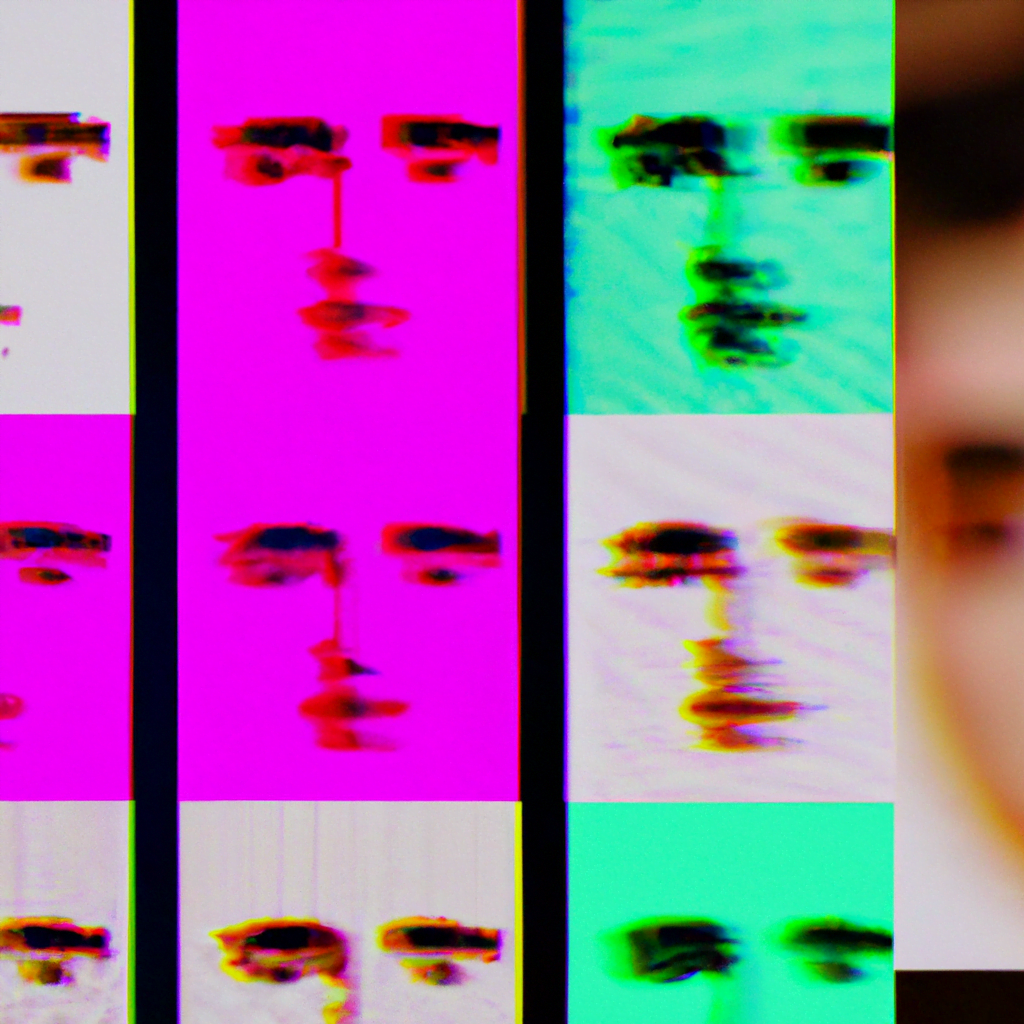
Exploring AI-Driven Design Pattern Recognition in User Interfaces

Artificial Intelligence (AI) has revolutionized various industries, and the field of user interface (UI) design is no exception. With the advent of AI-driven design pattern recognition, designers can now create more intuitive and user-friendly interfaces. This article delves into the concept of AI-driven design pattern recognition in user interfaces, its benefits, and its potential impact on the future of UI design.
The Role of Design Pattern Recognition in UI Design
Design pattern recognition involves identifying and categorizing recurring design elements and interactions in user interfaces. These patterns serve as a foundation for creating consistent and predictable user experiences. Traditionally, designers manually identified and implemented these patterns, which was a time-consuming and subjective process.
However, with the integration of AI into UI design, pattern recognition has become more efficient and accurate. AI algorithms can analyze vast amounts of data, including existing UI designs, user feedback, and industry best practices, to identify common patterns and trends. This enables designers to make informed decisions and create interfaces that align with user expectations.
The Benefits of AI-Driven Design Pattern Recognition
1. Improved Efficiency: AI-driven design pattern recognition automates the process of identifying and implementing design patterns, saving designers significant time and effort. This allows them to focus on more creative and strategic aspects of UI design.
2. Enhanced User Experience: By leveraging AI to recognize and incorporate proven design patterns, UI designers can create interfaces that are familiar and intuitive to users. This improves usability and reduces the learning curve, resulting in a more satisfying user experience.
3. Consistency and Branding: AI-driven design pattern recognition ensures consistency in UI design across different platforms and devices. By adhering to recognized patterns, designers can maintain a cohesive brand identity and provide a seamless experience to users, regardless of the interface they are using.
4. Data-Driven Decision Making: AI algorithms analyze vast amounts of data to identify patterns and trends. By leveraging this data, designers can make informed decisions based on user preferences, industry standards, and emerging design trends.
Case Studies: AI-Driven Design Pattern Recognition in Action
Several companies have already embraced AI-driven design pattern recognition to enhance their user interfaces. Let’s explore a few notable case studies:
1. Google’s Material Design
Google’s Material Design is a widely recognized design language that incorporates AI-driven design pattern recognition. It provides a set of guidelines and components that enable designers to create visually appealing and consistent interfaces across different platforms.
Material Design’s AI algorithms analyze user interactions and feedback to identify common patterns and behaviors. This data-driven approach ensures that the design language evolves based on user needs and preferences.
2. Netflix’s Personalized Recommendations
Netflix utilizes AI-driven design pattern recognition to deliver personalized recommendations to its users. By analyzing user viewing habits, preferences, and ratings, Netflix’s recommendation system identifies patterns and suggests content that aligns with individual user tastes.
This AI-driven approach enhances the user experience by providing tailored recommendations, increasing user engagement, and ultimately driving customer satisfaction and retention.
The Future of AI-Driven Design Pattern Recognition
The integration of AI-driven design pattern recognition in UI design is still in its early stages, but its potential is immense. As AI algorithms become more sophisticated and capable of analyzing complex design patterns, the following advancements can be expected:
- Real-time pattern recognition: AI algorithms will be able to identify design patterns on the fly, allowing designers to receive instant feedback and make iterative improvements.
- Automated design generation: AI-driven systems may generate complete UI designs based on recognized patterns, reducing the need for manual design work.
- Adaptive interfaces: AI algorithms will dynamically adapt UI elements based on user preferences and behavior, creating personalized and context-aware interfaces.
- Improved accessibility: AI-driven design pattern recognition can help identify and address accessibility issues, making interfaces more inclusive and user-friendly.
Summary
AI-driven design pattern recognition is revolutionizing UI design by automating the process of identifying and implementing design patterns. This technology offers numerous benefits, including improved efficiency, enhanced user experience, consistency, and data-driven decision making. Companies like Google and Netflix have already leveraged AI-driven design pattern recognition to create successful user interfaces.
As AI algorithms continue to advance, the future of AI-driven design pattern recognition holds even more promise. Real-time pattern recognition, automated design generation, adaptive interfaces, and improved accessibility are just a few of the advancements we can expect to see.
By embracing AI-driven design pattern recognition, UI designers can create interfaces that are not only visually appealing but also intuitive, consistent, and tailored to user needs. As AI continues to evolve, it will undoubtedly play a crucial role in shaping the future of UI design.
